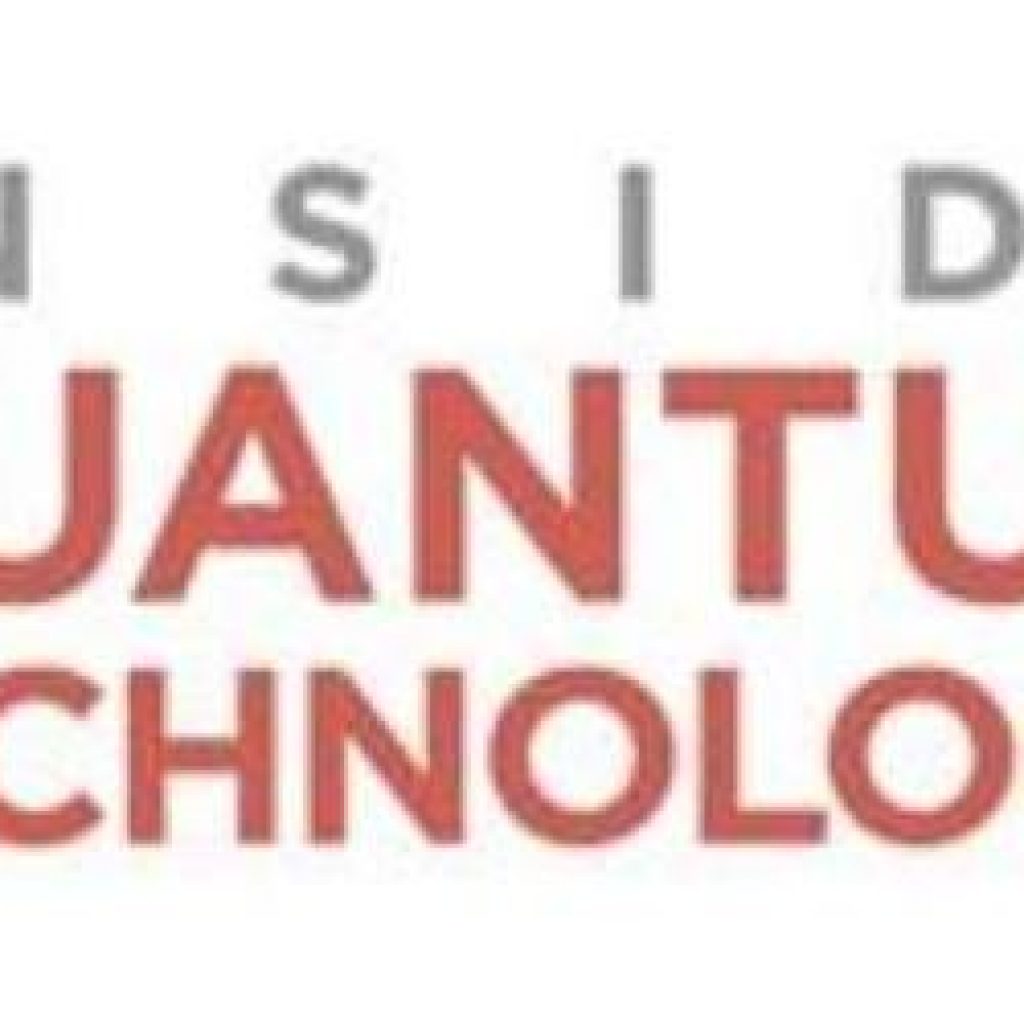(InsideQuantumTechnology) This report is the first industry analysis report to analyze the market for quantum magnetometers. This is a market that Inside Quantum Technology believes will grow to well over $700 million by 2025 driven by compelling value propositions in medicine, the military, and geophysical applications. This report examines both technical and market factors driving the market for quantum magnetometers:
- Geophysical studies and exploration is by far the biggest market for magnetometers and this area has used classical magnetometers for half a century for applications such mineral explorations, magnetic survey and hazard detection. This report discusses how the use of quantum technology for magnetometers is expanding the market for geophysical studies.
- While all quantum magnetometers offer users enhanced sensitivity compared with classical magnetometers, there is growing competition in the field between optically pumped magnetometers, proton magnetometers, Overhauser magnetometers, SERFs, NV-diamond vapor cell magnetometers and SQUIDs. In this report, we discuss how each of these magnetometer types fit the needs of key end-user industries.
- While, quantum magnetometers have been shown to add value to some established markets, interesting – and potentially profitable – new applications for quantum magnetometers are also beginning to appear. For example, beyond medical imaging, the
extreme sensitivity of SQUIDs makes them ideal for biological investigations of various kinds. And NV-diamond center magnetometers are being used in navigation systems where conventional GPS won’t work. A detailed assessment of the commercial potential for such novel systems is also included in this report.
- Quantum magnetometers have a large number of applications in the military. Both researchers in the US and China are working on such applications and this report discusses the impact that an era of Sino-American tensions may have on the quantum magnetometer business.
- The report also examines new quantum technology developments in the magnetometer. In particular we take a look at chip-scale atomic magnetometers and we take a look at what these might mean in drones for aerial systems, the measurement of interplanetary magnetic fields or deployed close to the heart for magnetocardiography, among other applications.
The report also includes a country-by-country analysis of both R&D and commercial development of quantum magnetometer systems. This includes strategic profiles of the leading firms manufacturing and marketing quantum magnetometer. In addition, there are detailed ten-year forecasts with breakouts by type of magnetometer and application.
